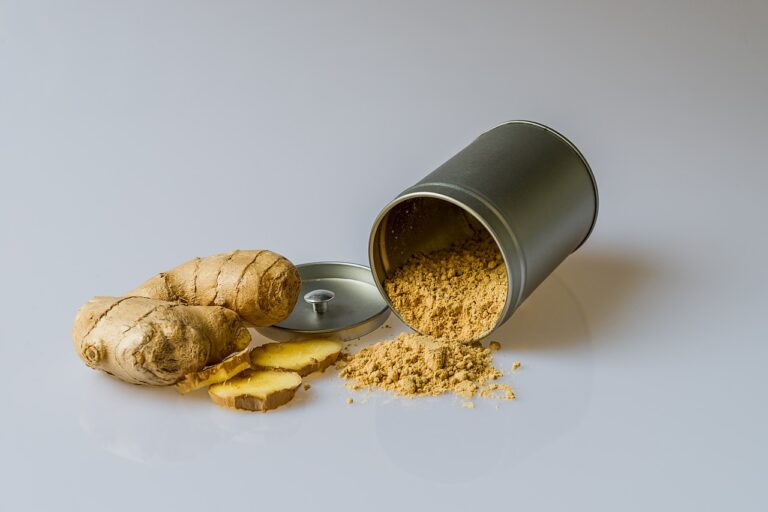From Vine to Bottle: Exploring the World of Wine Making
Wine making dates back thousands of years, with evidence of its production found in ancient civilizations such as the Egyptians, Greeks, and Romans. The process of fermenting grapes to create wine has evolved over time, from rudimentary methods to sophisticated techniques that are used today in modern winemaking practices.
In ancient times, clay pots and amphorae were used to store and transport wine, showcasing the importance of this beverage in various cultures. The craftsmanship and attention to detail in wine production have been passed down through generations, leading to the diverse array of wines available around the world today.
Different Types of Grapes Used in Wine Production
There are thousands of grape varieties used in wine production across the globe, each imparting unique flavors and characteristics to the final product. Some of the most popular grape varieties include Cabernet Sauvignon, known for its bold and complex flavors, and Chardonnay, a versatile grape that can be used to produce both rich, buttery whites and crisp, fruity sparkling wines.
Another widely planted grape variety is Merlot, loved for its soft, approachable texture and notes of plum and cherry. Pinot Noir, on the other hand, is prized for its delicate, earthy flavors and is notoriously difficult to grow, but the result is often worth the extra effort. Riesling, with its refreshing acidity and aromatic profile, is a popular choice for producing both dry and sweet wines, while Sauvignon Blanc is celebrated for its zesty, herbaceous character that is perfect for warm-weather sipping.
What are some common types of grapes used in wine production?
Some common types of grapes used in wine production include Chardonnay, Cabernet Sauvignon, Merlot, Pinot Noir, and Sauvignon Blanc.
How do different types of grapes impact the flavor of the wine?
Different types of grapes have distinct flavor profiles that contribute to the overall taste of the wine. For example, Chardonnay grapes are known for their buttery and creamy flavors, while Cabernet Sauvignon grapes are known for their bold and tannic characteristics.
How does the choice of grape variety affect the style of the wine?
The choice of grape variety has a significant impact on the style of the wine. For example, using Pinot Noir grapes typically results in a lighter-bodied and more delicate wine, while using Cabernet Sauvignon grapes can produce a full-bodied and robust wine.
Are there specific regions known for producing certain types of grapes?
Yes, certain grape varieties are known for thriving in specific wine regions. For example, Pinot Noir is closely associated with the Burgundy region in France, while Malbec is commonly grown in Argentina.
Can different types of grapes be blended together in wine production?
Yes, different types of grapes can be blended together in wine production to create unique flavor profiles. For example, many red wine blends combine Cabernet Sauvignon, Merlot, and Cabernet Franc grapes.







